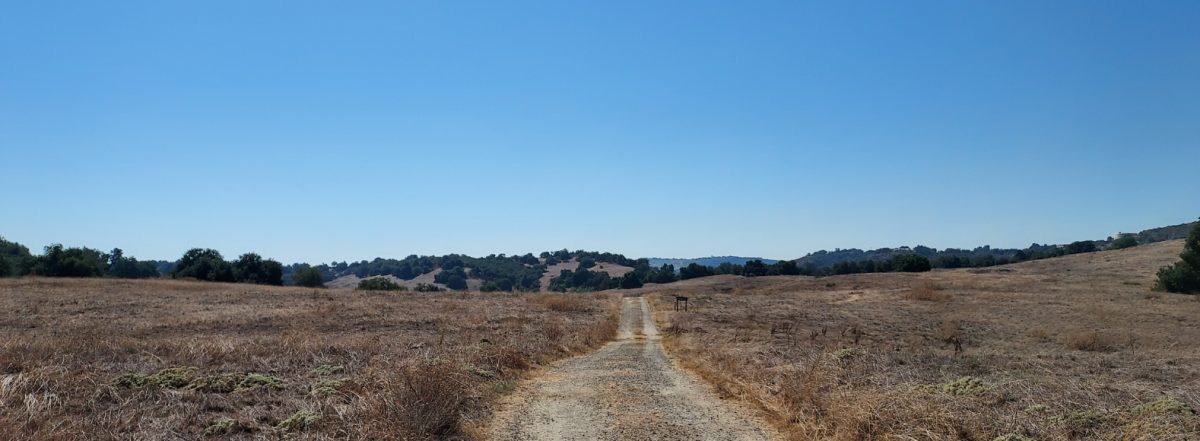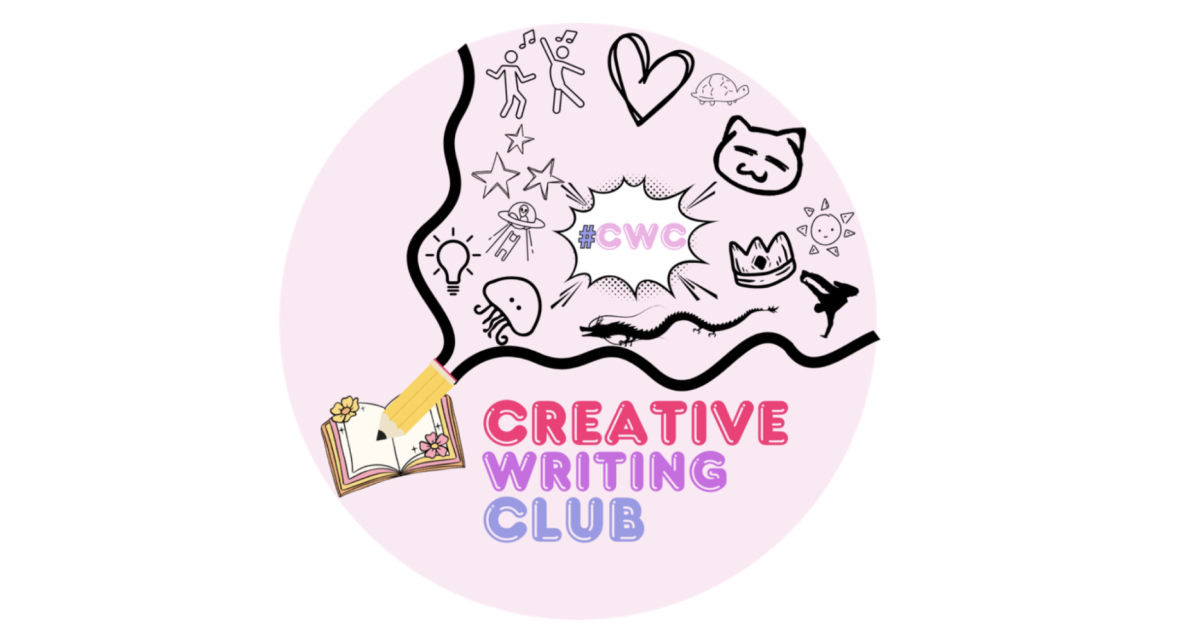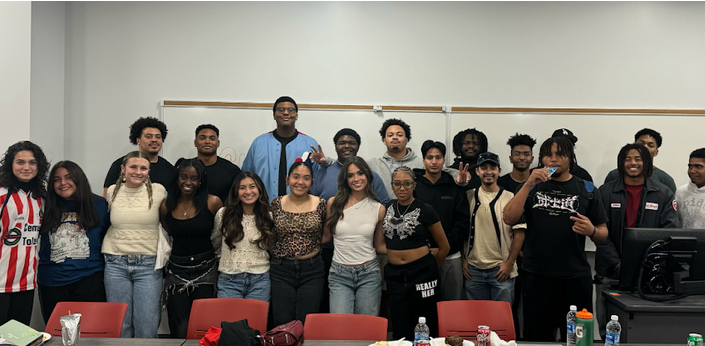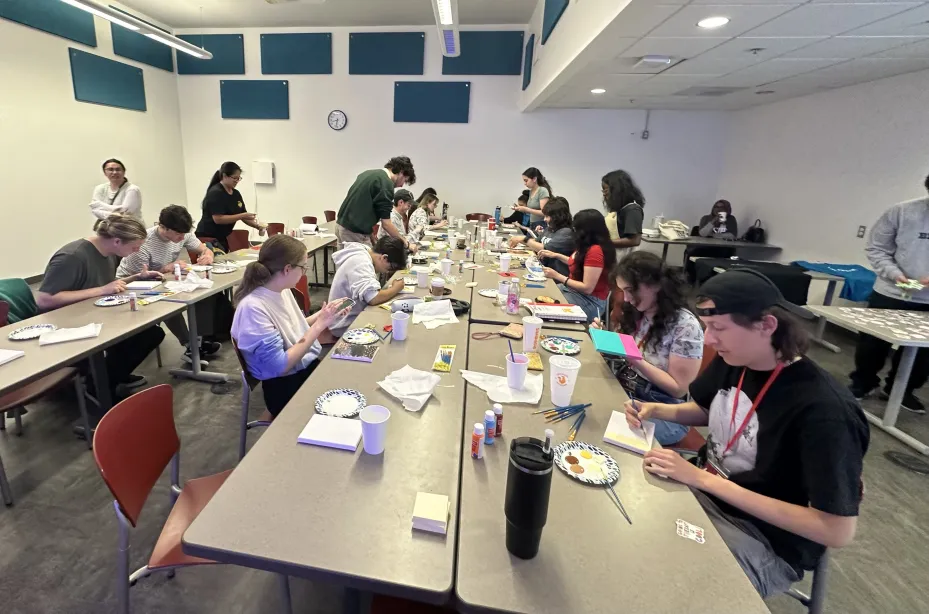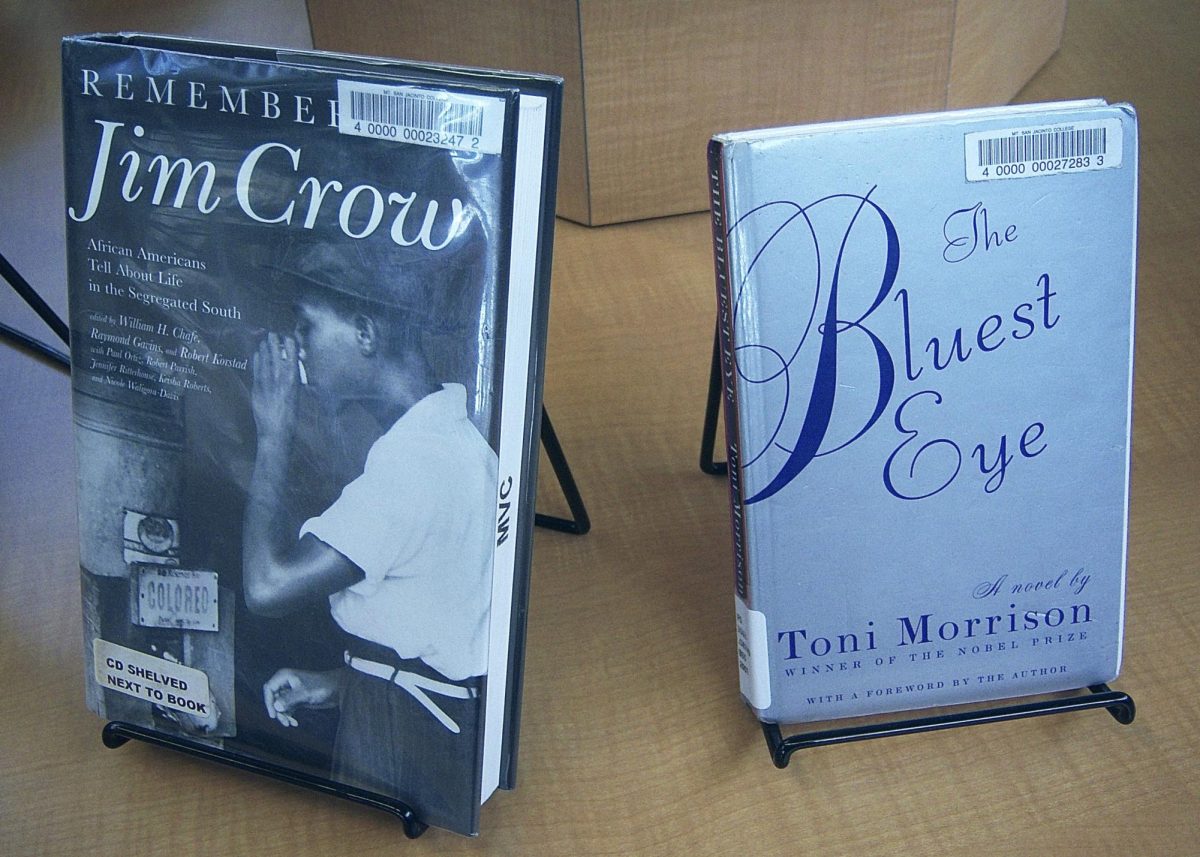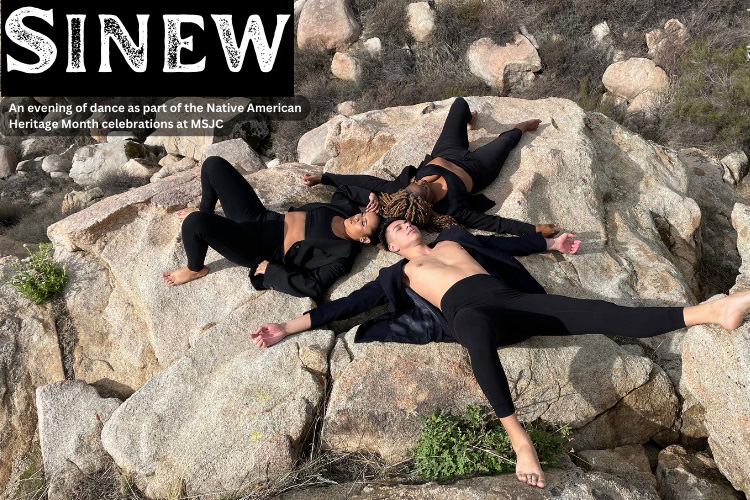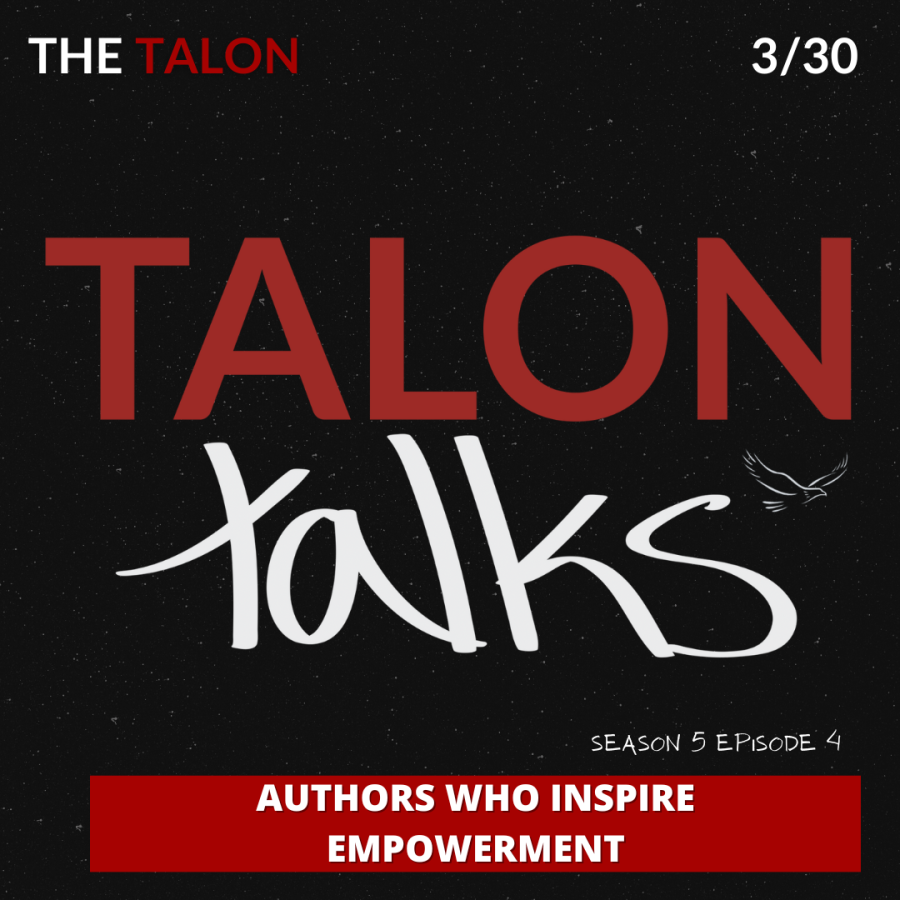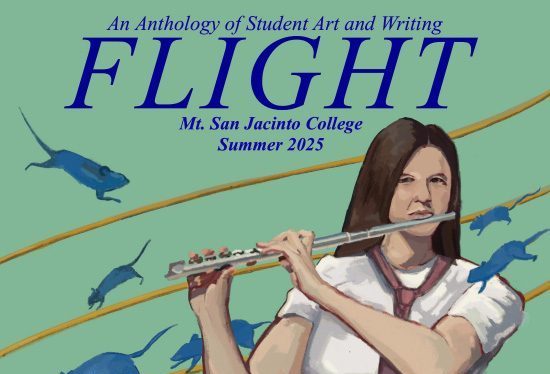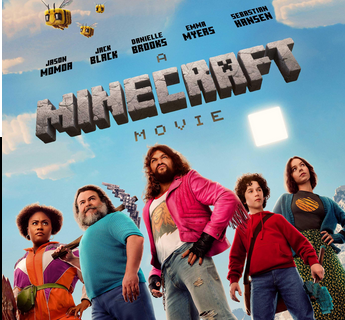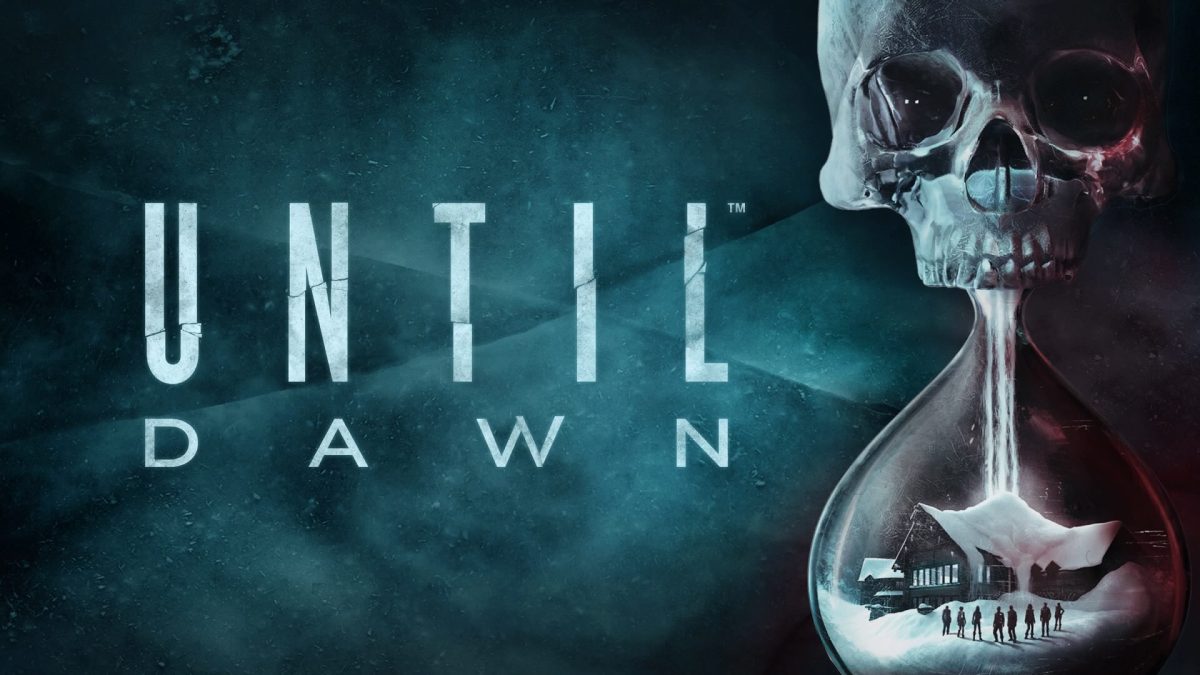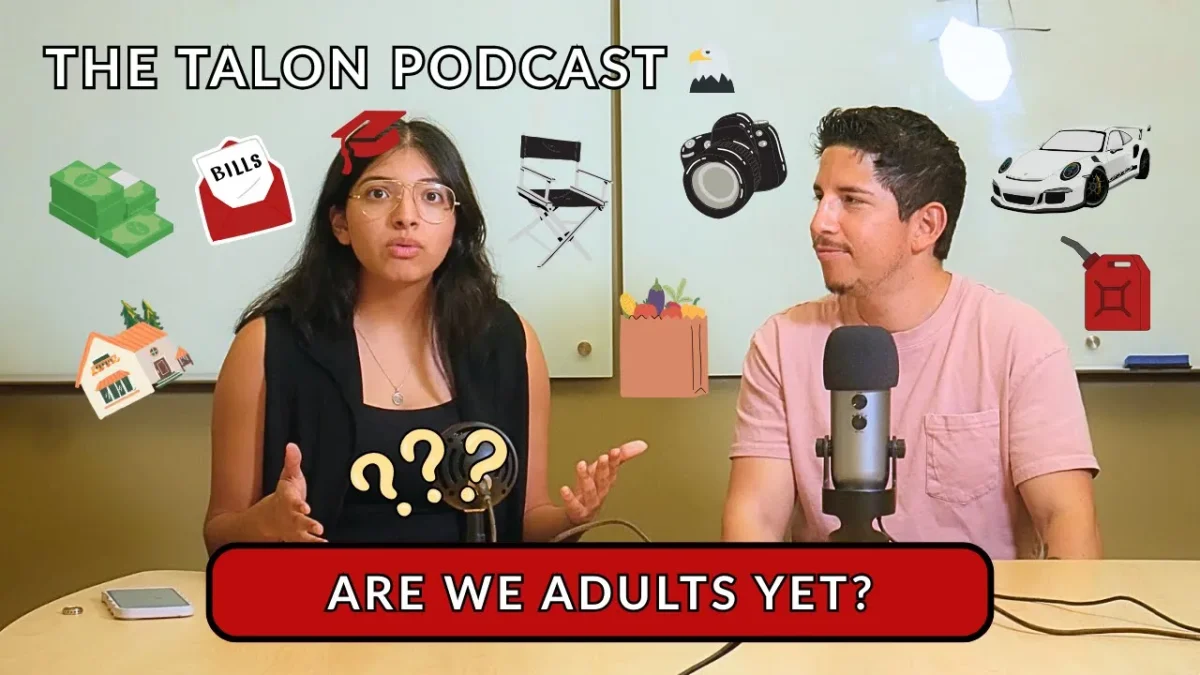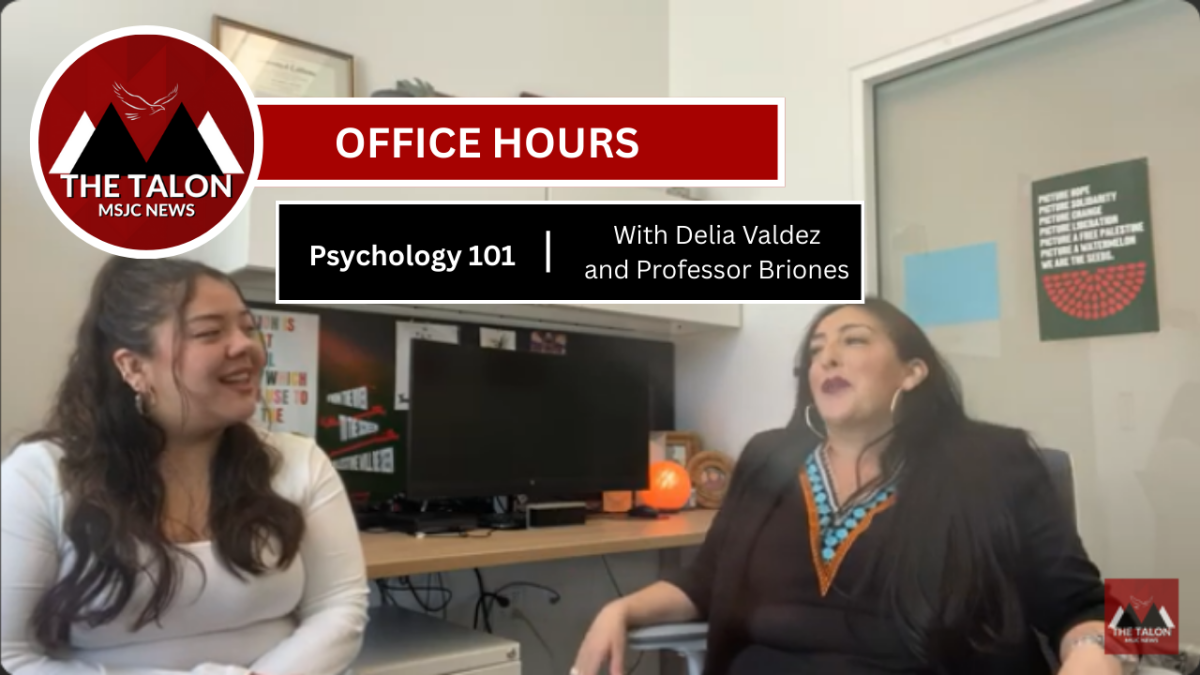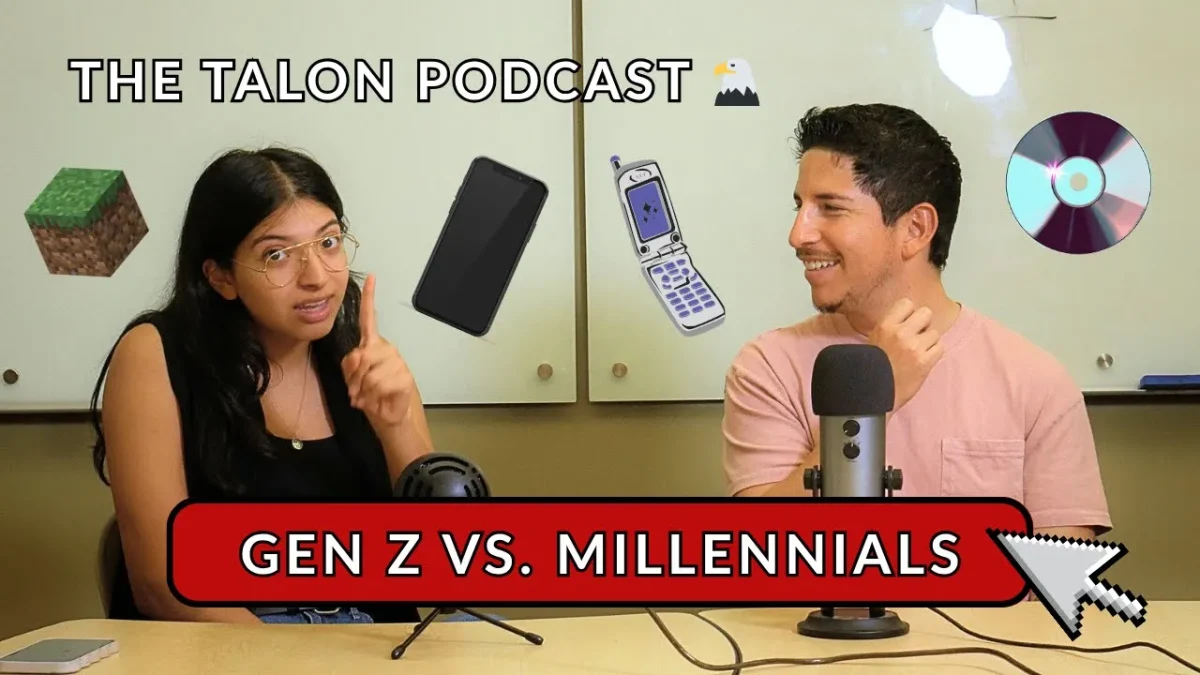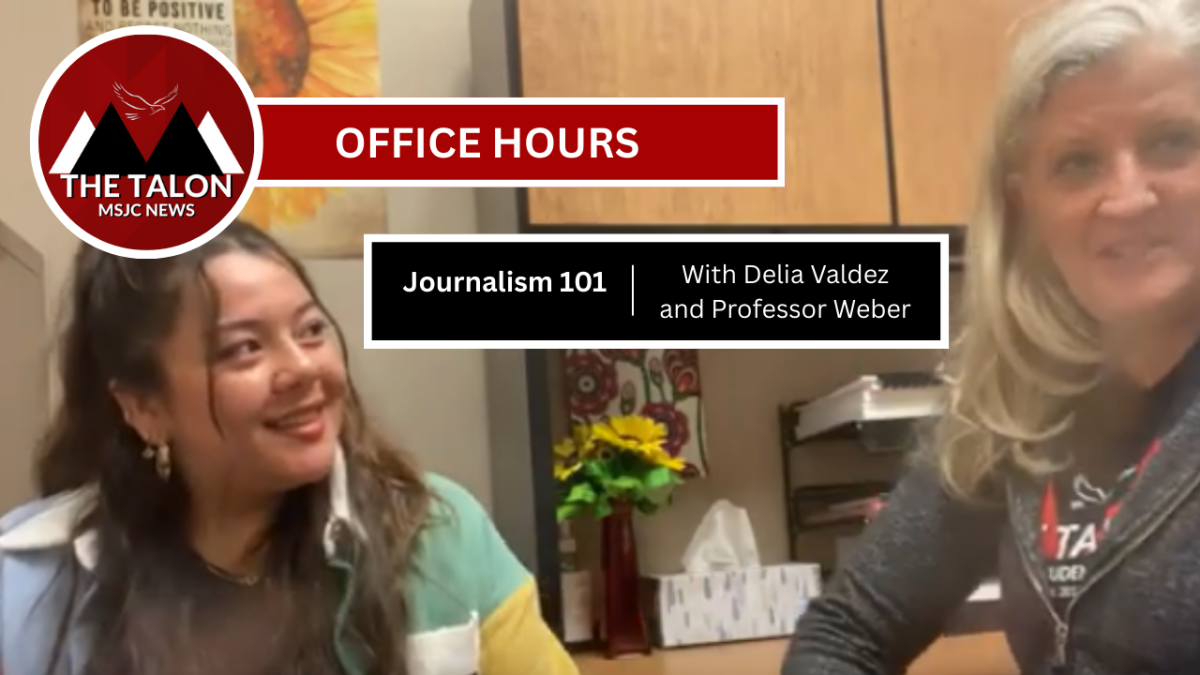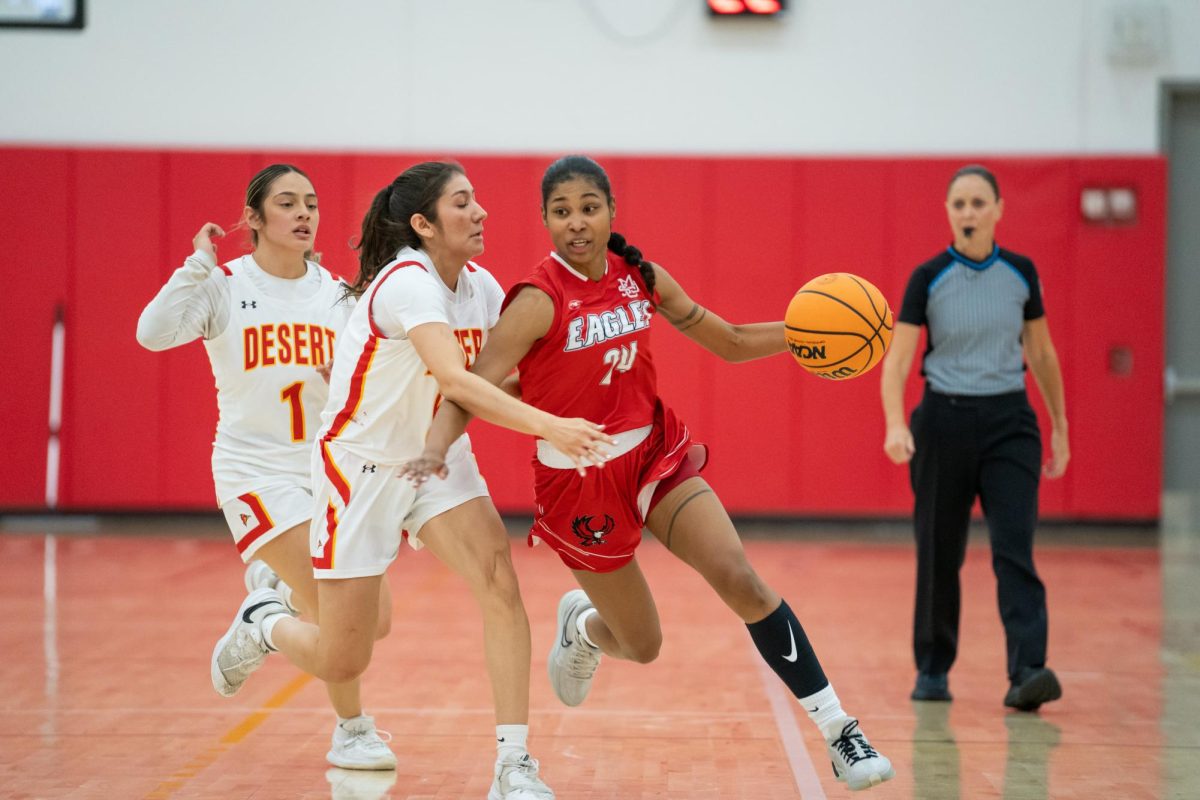Short-form content has quickly taken over the online realm. Recent Studies have shown that this form of content can be addictive. Social media sites, including Instagram, Facebook, and YouTube, have been moving towards short-form content to keep up with the number one app for short-form content, TikTok. This swift transition from long-form content is shaping the minds of our community and going unnoticed. Long-form content has always been the gold standard of content marketing; a few examples include magazine articles, long interviews, tutorials, and eBooks. The length of this content typically hovers around 2,000 words or more. According to WSI, “Short-form videos range from 15 seconds to 3 minutes and are designed to quickly grab the viewer’s attention and provide something of value in a short amount of time” (Humphries). The length of this content is typically 1,000 words or less. Due to the nature of short-form content, it is referred to as “snackable” – since it is usually consumed in small “bite-sized” chunks. Studies show that our brains adapt and form around the content we consume, and this adaptation is wreaking havoc on our minds.
Social media platforms have been looking to create their own versions of short-term content to rival TikTok’s monopoly. During the COVID-19 pandemic, people found themselves stuck at home with no social interactions due to the “no contact” order placed by the government, where group gatherings were prohibited, and people had to stay six feet apart from one another. Finding itself in the right place at the right time, TikTok introduced short-form content as an effortless way to consume information, entertainment, and inspiration. Suddenly, those who found themselves with nothing to do at home saw TikTok as a method of communication and a way of passing the time. Sooner than later, this form of content shifted towards becoming the best new way of consuming media online. The rise of social media platforms such as Instagram Reels, YouTube Shorts, Google, and Pinterest confirms the market has shifted towards this preferred method of content.

This boom of short-form content has continued to spread throughout the internet, eliminating an important aspect of consuming content: complexity. The ability of our brains to take in information and form our own concise thoughts and opinions is dwindling. This type of content forces the user to switch from video to video quickly, leaving almost no time for them to break down what they consume and create their own opinions. With two decades of studies done by Gloria Mark, a professor at The University of California, Irvine, she found that in 2004, the average attention span on screens was around two and a half minutes. Throughout the years, it became shorter. In 2012, it averaged 75 seconds. The average attention span shortened to 47 seconds in the past five to six years. What was the biggest culprit to this decrease in our attention span? Distractions that are caused by our tight tether to our smartphones and computers. Advertisements have been shortened to make up for this loss in time. This new short-form market hinders our already short attention spans, and big businesses are profiting.
Our communities are silently being devastated by the decrease in our attention spans. It undermines the foundation of connection. It not only affects the length of time someone is willing to spend with one another, but it shortens that person’s presence. Genuine connections fall short as our focus constantly shifts. MSJC, a flourishing community college with like minds throughout, was a perfect place to ask questions. Students were informed about short-form content and its effects on attention span length and human connections. They were asked if they enjoy short-form content and what type, and then if they noticed a difference in their attention span or human communications. Corina, a student majoring in Psychology, stated, “I like using TikTok and YouTube Shorts for my content. I have been using them since they came out. I do not have a favorite set category, as trends shift constantly. Now that I think about it, I will already have switched to the next one if a video does not catch my interest within 10 seconds. I can be stuck in this loop for hours.” At least two other students have confirmed changing from video to video more often.
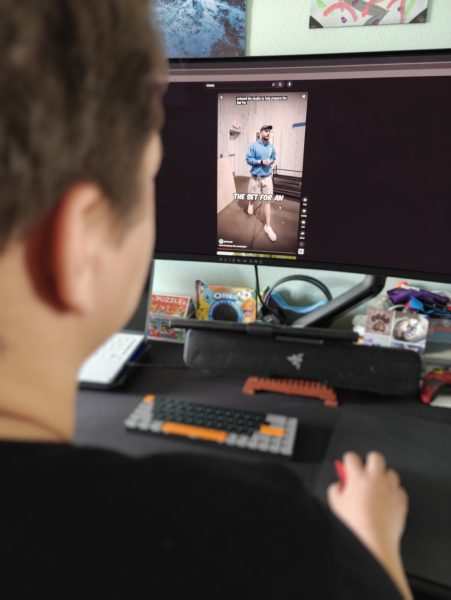
I took it one step further by informing and interviewing Nathan, a teacher of American Ethnic Politics at MSJC, on short-form content and the decrease in attention span. When asked if this shortened attention span is apparent in the classroom, he stated, “Students are becoming less and less vocal. When I ask for volunteers or ask my students questions, the class becomes silent. When I put them in groups for class discussions, they quickly become silent despite having up to five other students to speak with. Students are losing their ability to communicate and build connections with one another. My class relies on debates for communication and student grades are suffering. I cannot blame it all online, but I can agree it affects my classrooms.” Our society is in danger of losing to the effects of short-form content, but what is there to do?
Like all good things in life, content should be best enjoyed in moderation. When consuming online content, frequent breaks are necessary. Setting a timer or limiting the number of videos you watch to reduce your content consumption leads to a healthier mind and relationships. Society is moving faster than ever; our basic human interactions are coming loose at the seams. Students are afraid of speaking up, and conversations feel less interactive. The seeds of human bonds take time to grow. Short-form content and a lessened attention span decrease that time significantly. Society will need to learn how to communicate once again, and it all begins with learning how to put the phone down. It begins with controlling the content we enjoy before it ultimately consumes us.





















